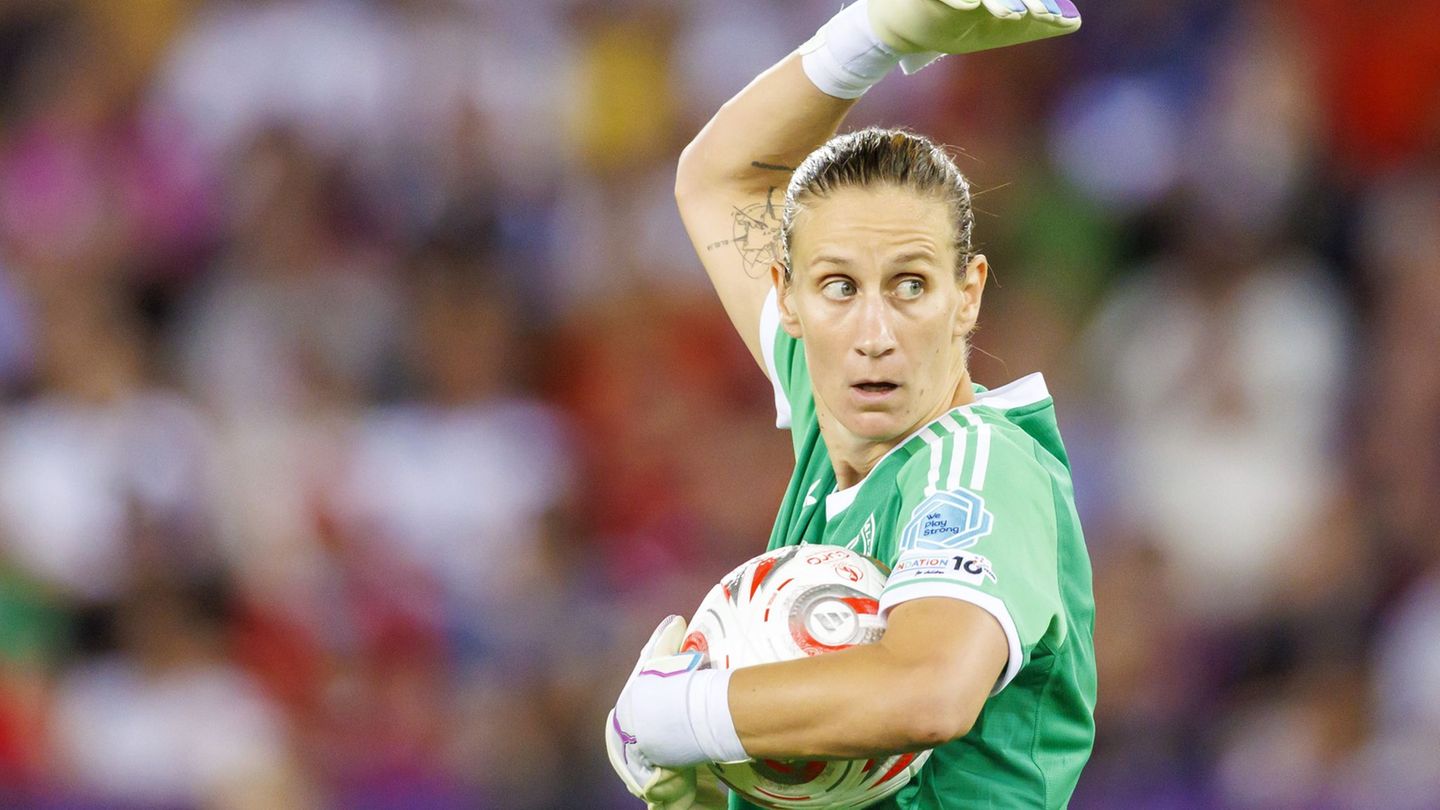In the last month of the year, only 1,082 million heads of cattle were slaughtered. Thus, a monthly retraction of 12.8% was observed (equivalent to -6.8%, when the series is corrected for the number of working days). And, when compared to December 2022, slaughter decreased 13.0% (-161.9 thousand heads). Meanwhile, throughout 2023, the 372 establishments that registered activity slaughtered a total of 14.51 million animals and, in the interannual comparison, a growth of 6.9% was observed (+932.5 thousand heads).
According to data from the Chamber of Industry and Commerce of Meats and Derivatives of the Argentine Republicwas the sixth highest level of activity in the last 44 yearswhile, put in a ‘historical’ perspective, the task of December 2023 was ranked 27th among the last 44 Decembers and was almost 2% lower than the average for the last month of the years between 1980 and 2022.
The sharp rise in the price of standing property which was generated from the jump in the official exchange rate In December of last year it resulted in a significant drop in the number of heads slaughtered by the beef slaughtering industry.
The Establishments with Senasa authorization processed 11.4 million heads, that is, 78.5% of the total slaughtered in 2023. On average each establishment slaughtered 81,333 head in the last year, which gave an average per establishment and per month of 6,778.
While, In the remaining 232 establishments, a total of 3.126 million heads were slaughtered (21.5% of the total). In this group, the average per establishment was equivalent to 13,474 heads and the average per establishment and per month was 1,123 heads.
The prices of beef cuts quadrupled in one year
He average increase in the main beef cuts was 334.7% annually. That is, on average the prices of beef cuts more than quadrupled in the last twelve months. The main beef cuts registered the following increases: common minced meat (349.8%), rump (343.2%), shoulder (330.6%), buttock (328.9%) and roast (318.5%) . In the case of the hamburger box, the price increase was 192.2% annually. And in the case of the price of chicken, the increase reached 278.0%.
All this was a consequence of the recomposition of the value of the standing property verified as of the end of winterwhich reached 211.3% between peaks of the five months considered (December ’23 vs. July ’23).
This phenomenon is explained by The extraordinary dry season caused a great expansion in the number of heads slaughtered between May 2022 and July 2023which caused the values of livestock (+71.0%) and beef (+78.2%) to grow at a rate much lower than the general level of the CPI (+143.0%) and even at a slower rate than the price of substitutes, such as chicken and pork cuts (+107.5% and +101.3%).
Growth. Meat exports had an increase of 34% in September compared to the previous month and 60% year-on-year.
The drought strongly affected the price of beef.
But, as the adjustment of the detour was completed and Given the proximity of a spring/summer with greater availability of water and food, the sending of animals to slaughter stabilized in the second part of 2023. Specifically, in August-November 2023, only 97.6 thousand more head were slaughtered than in the same period in 2022, as the values of live animals began to recover appreciably.
In December 2023, only 245,000 tons of bone-in beef were produced, as a result of the contraction of farm work. In relation to November, a drop of 7.9% was verified, corrected for the number of working days. Meanwhile, in the year-on-year comparison, a drop of 13.3% was observed, mainly explained by the lower number of slaughtered heads.
Beef exports (excluding shipments of bones with meat to China) would have totaled 830,700 tons in 2023. This would mean an increase of 2.9% year-on-year. Therefore, The apparent consumption of beef would have been equivalent to 2,455 million in the last year, registering an increase of 4.8% compared to 2022.
Source: Ambito




